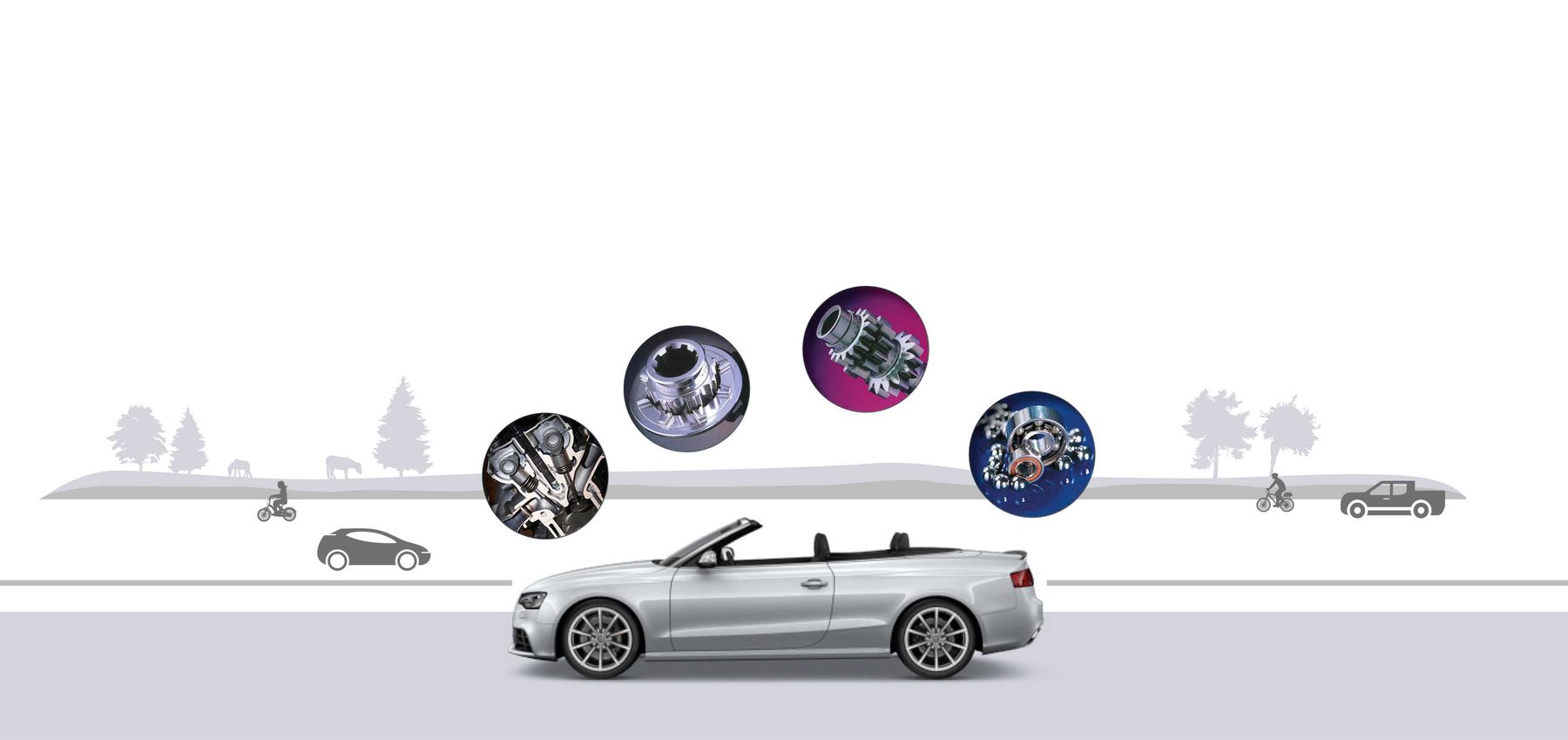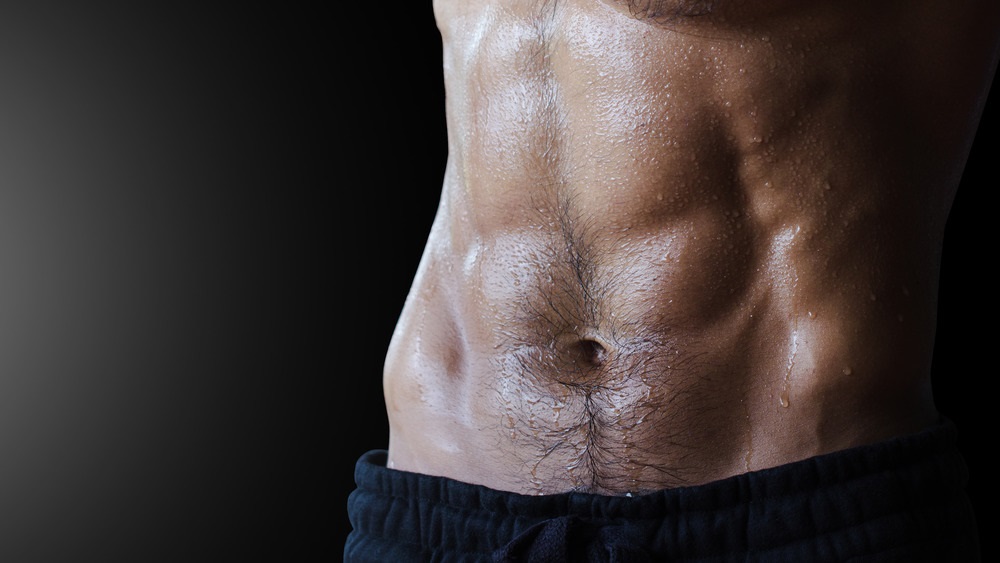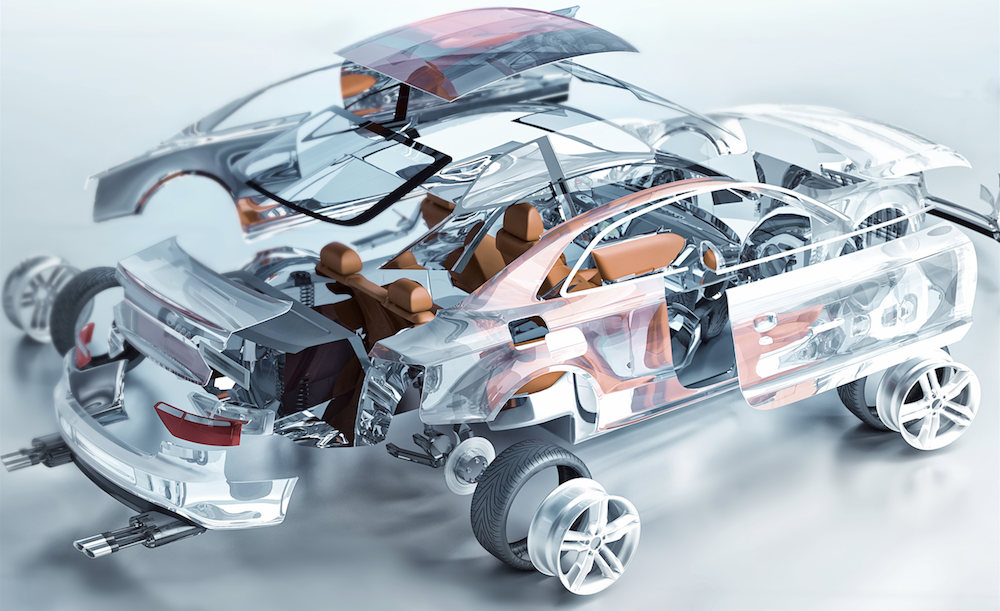
Each of them will most likely have several pairs of shoes: sports shoes, sneakers and
Each of them will most likely have several pairs of shoes: sports shoes, sneakers, etc., in which not only lead an active, mobile lifestyle, but also play sports. As a rule, we choose all these shoes, focusing on convenience with regular wear, and more often even focusing on style and beauty. Therefore, we can confidently say that our 25% footwear is not suitable for sports, since it does not correspond to the type of Anabolic Steroids from this site of foot that was given to us by nature. In this article we will solve the question – how to choose sneakers for training and sports activities.
A person’s foot can be of various sizes and types, but all these different types can be grouped into 5 forms:
- · Flat feet. We can see this type as number 3 in the figure on the left. The foot is flat, there is no arch. That is, between the heel and the thumb, there is no curved line.
- · High arch of the foot. This can be seen in picture 0 and number 1. If there is a gap between the heel and the fingerprint or a very narrow distance, then you have an excessively high arch of the foot.
- · Neutral type. This type of foot we see in picture No. 2. It is defined as something between a high arch and flat feet. The width of the curve between the heel and the toes is at the narrowest point no more than 2.5-3 cm.
Excessive pronation. When the foot has a normal shape, but turned inside. That is, a person walks more on the pads of the thumb, and the foot turns out. In this case, the shoes should be selected more rigid, which will stabilize the position of the foot.
Excessive supination. When the foot is tilted outward. A man steps on the heel and pads of the little finger, and the foot turns and looks inward. In this case, the shoes should be soft and flexible, spring from the road surface.

A quick way to determine the shape of your foot:
To determine the shape of your foot, you can apply home remedies. Step on a dry towel with a wet foot, leaving a mark. Or if there is a beach nearby – walk along the wet sand. Specialists in specialized shoe stores can also help you. There are special devices for this, where computer analysis of the foot is carried out when a person is running on a treadmill or standing on a special surface. But the simplest way is to look at the sole of your worn out old shoes. Attention should be paid to the position of wear, where it is: on the fingers, heel, the inner surface of the foot and the back. Place the shoes on a flat surface, take a look: where there is more wear and tear. If the shoes are worn out, then good arch support is needed for excellent cushioning. The same thing with a high arch of the foot. If it is on the inside of the heel, you need shoes with good stabilization of the foot, in order to prevent pronation in the future.
Now let’s look at the features of sports shoes, which are also divided into five types, depending on the shape of the foot:

Now that we’ve figured out how to determine your foot and how to choose sneakers for your foot type, other aspects of this topic should be discussed.
Some important properties of sneakers:
- If you need sneakers for any particular sport, then you need to look for it in the first place. For each sport there are special shoes that take into account all the subtleties of this particular sport.
- Any sneaker should have a hard back; it should not bend inside the sneaker. And the back of the back should be made of soft material so that there is no rubbing of the legs and subsequent corns.
- Sneakers come with a removable or non-removable (glued) insole. Such insoles have both pluses and minuses. Removable insoles may be washed after a good workout so that the sneakers retain their pristine freshness. But over time, the removable insoles begin to move inside the shoe, during the training, because they are not fixed, which causes discomfort. But for non-removable insoles – everything is exactly the opposite (i.e., the insoles do not move inside the shoe, but they cannot be given the pristine freshness). Quality sneakers have a thickening in the middle of the insole, this is called arch support, it is made to support the arch of the foot and prevent the development of flat feet. In addition, it evenly distributes body weight to the foot, thus reducing the load on the spine.
- Most technologies are located in the sole, as a rule, they are indicated by different colors, so the sole begins to look like a sandwich. All technologies are designed for specific functions – it can be: preventing injuries, facilitating running shoes, better cushioning and softening loads.
- Today you can find various shoelaces: round, flat and different colors. It must be remembered that round shoelaces untie faster than flat ones. Lacing sneakers with side loops is the best choice, because lacing through holes put a lot of stress on the foot, and clamps it. Interestingly, adidas branded three strips are also sometimes an additional technology. They usually have these lacing loops that fix the athlete’s foot to prevent injuries. One of the very first Adi Dasslera technologies is three strips. They were made on the first sneakers in order to better keep the foot in the sneaker. Fashionable sneakers with Velcro and various other fasteners are produced today, but you need to remember that sneakers for training should only be with laces, because over time all the Velcro will stretch, the latches will break, after which the sneaker no longer sits tight on the leg, and this can become a guarantee injuries. Therefore, it is better to prefer practicality and reliability to the style and beauty of Velcro sneakers.
- In sneakers, the tongue can be merged with the top of the shoe and separate. One-piece is used mainly in winter shoes and sneakers for tourism, so that during different hikes and travels, different pebbles, water and sand do not get inside the shoes.
Here are some more small but important tips on how to choose your sneakers:
- Buy shoes, try on, or determine the size, should be closer to evening, or immediately after training, because by evening or during training, the leg swells slightly and increases.
- Sneakers are best measured in those socks in which you will train, as socks can take a quarter or even half size.
- Sneakers should choose size in size. If the top of the sneakers is made of synthetic materials – they tend to stretch a little. And sneakers made of genuine leather do not have this property, they can only slightly shrink. Remember that each manufacturer may have its own dimensional grid, do not be too lazy to check your size once again.
- It is best to measure the sneaker in an unlaced state, put it on, it should fit the leg tightly and sit on the leg like a glove that is not even laced.
- Both sneakers should be laced and walk around the trading floor. You need to stay in sneakers for several minutes. You should feel comfortable and comfortable in them, there is no extra freedom, you are not squeezing anything anywhere. Nothing should bother you.
- A shoe already laced should not squeeze your foot, because then it will interfere with normal blood circulation.
- Do not take shoes for growth, or end-to-end considering that the foot will grow or the shoes will stretch. Sneakers should fit right away and be comfortable.
- Change during your favorite sneakers. Scientists say that athletic shoes need to be changed after a 600 kilometer “run” or “pass”. Of course, taking steps is extremely problematic, but you can pay attention to the appearance of the shoe. If the sneakers have lost their appearance, the sole of the stopana or is deformed, then you should not expect useful functions from such shoes.
- High-quality shoes are usually always expensive. But as the saying goes, “I’m not so rich as to buy cheap things.” At the same time, a high price is not always an indicator. Often the price is very high because of the brand, and you pay extra money already for the brand, and not for quality. Therefore, shoes are optimal at an average price. Look at quality, not brand.
- Make sure 100% that the shoes match your foot shape.





